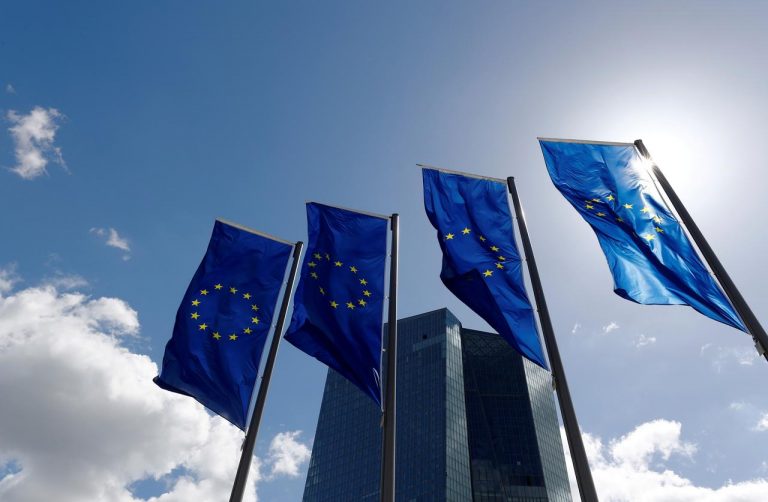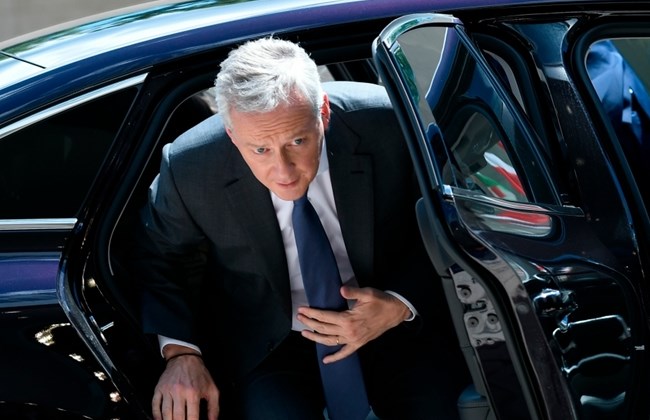The Climate Crisis in terms Trump can understand

“President Trump made good on his promise this week to withdraw from the Paris Climate Agreement. This wasn’t a surprise. But it still baffles us. Try as we might, we cannot see how America’s interests are served by this decision.
Our climate emergency does not respect borders. California’s forest fires will not burn less fiercely, and rising sea levels will not spare Miami or Mar-a-Lago, just because Mr. Trump has chosen to opt out of a treaty of nearly 200 nations that represents our best and only chance of saving humanity from the catastrophic effects of rising temperatures.
Let us put it in language Mr. Trump might understand. If average global temperatures rise by the end of the century by another one degree Celsius, or 1.8 degrees Fahrenheit, there will be no winners on this planet. Only losers.
And those immigrants the president rails against? Expect the trickle to become a flood. Climate change could force 1.4 million people to abandon their homes in Mexico and Central America, according to the World Bank.That is because one-third of all jobs in the region remain linked to agriculture and climate change is making those livelihoods more precarious. The best way to keep climate refugees from the United States’ doorstep is to support a vigorous and effective climate agreement that helps protect America’s neighbors from the ravages of drought and erratic weather patterns. But Mr. Trump is turning his back on this opportunity.
Not a trade agreement
The Paris Agreement is not a trade agreement. There is no trade-off between Detroit, Youngstown and Pittsburgh, on the one side, and Paris on the other. Tariffs and sanctions will not make this problem go away.
Instead, the Paris Agreement is more like a collective insurance policy, into which we all invest to protect our futures. And like most insurance policies, it makes sound business sense. The best investments we can make right now are those that will protect our food, water and energy sources, our transportation, homes and cities, and our businesses and finances from the worst impacts of climate change.
We must invest to adapt to higher temperatures, rising seas, fiercer storms, water scarcity, wildfires — conditions that are now inevitable. The Global Commission on Adaptation estimates that investing just $1.8 trillion to build climate resilience over the next decade would yield more than $7 trillion in net benefits. That is a great return on investment.
In other words, we can either plan now and prosper — or do nothing and pay for the consequences later. It seems to us that Mr. Trump is choosing to do nothing and let the country pay later. How is this smart?
The Paris Agreement is a collaborative project, perhaps the greatest collective undertaking ever attempted by mankind. Is it perfect? No. Is it worth keeping? Definitely. Put bluntly, it is the only weapon we have to fight our climate emergency.
Bear in mind that the Paris Agreement is a work in progress. There are standards and targets to be set, compliance measures to be agreed on, budgets to be allocated.
One of the best things about the agreement is that nations have pledged to share the fruits of innovation in low-carbon technologies — for clean energy, zero-emissions transportation, greater food security and sustainable businesses and homes. The United States is a great innovator and the Paris Agreement will undoubtedly be the poorer without its participation. But equally, the country had much to gain by joining in this collective endeavor. Why miss out on the greatest technological and economic transformation of our era?
Missing out
Above all, the world will miss America’s talent, leadership and ideas as we map out a low-carbon future. We know American voices will still be heard — notably, the thousands of local and state governments and businesses in the United States that have made pledges to reduce greenhouse gas emissions under a movement called We Are Still In. They are proof that millions of Americans still support the Paris Agreement, even if the current administration does not.
It is not too late for Mr. Trump to reconsider his decision. Staying in the Paris Agreement is the right thing to do, for America’s sake and for the rest of the world. Winston Churchill is said to have once remarked that you could always count on Americans to do the right thing, after they’d tried everything else. We hope Mr. Trump proves him wrong and stays in the Paris Climate Agreement — that he does the right thing from the beginning.”








